
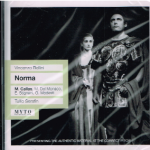
With more than a dozen separate performances of Norma starring […]
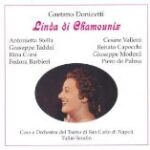
Recorded in 1956 in clear but boxy mono, with only a few cuts in repeats and superbly led by Tullio Serafin, this bargain set has
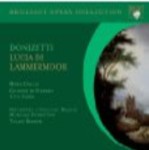
This is the well-known recording–Callas’ first of two Lucias for EMI–that defined the market for many years. Studio-recorded in 1953, it shows Callas at her
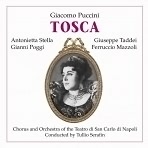
Had you been in Naples in 1957, and had this been playing at the opera (this is a studio recording, not a live one), you

This Boheme has been a treasure since it was released almost 40 years ago, and this selection of highlights includes most of the high points.
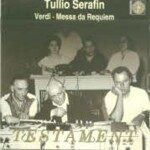
This Requiem has long been overshadowed by Serafin’s 1939 recording with Gigli and Pinza; hearing this 1959 set after many years, it stands up beautifully
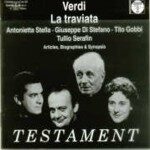
This mostly ordinary Traviata, studio-recorded in 1955, is exceptional only for the Alfredo of Giuseppe di Stefano. He was, of course, at the peak of

Recorded in 1953 and 1954 respectively, these recordings of Cav and Pag remain the most compelling on discs, despite boxy, occasionally distorted sound. Maria Callas

This was Maria Callas’ first studio-recorded Norma, and it remains a formidable performance. If it doesn’t quite have the emotional shadings of her 1960 EMI
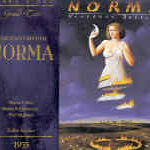
Once we get the obvious out of the way–that from 1950 to 1964 (and arguably both before and since) Maria Callas was the greatest Norma
![]()

Notifications